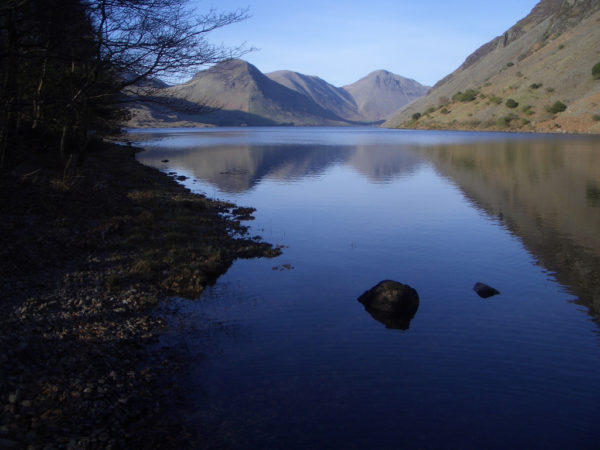Government admits it could put nuclear waste site under national parks
The Lake District was tipped to host a radioactive waste facility last time government was looking for a deep disposal site

The British government has refused to rule out placing an underground nuclear waste facility beneath protected areas such as national parks and areas of outstanding natural beauty.
In response to a written question last week, Lord Henley, parliamentary under-secretary for business, energy and industrial strategy, said the government is “not excluding” developing the proposed storage site at protected areas, though it should only be consented in such areas “in exceptional circumstances and where it would be in the public interest to do so.”
The government is currently searching for the future home of its geological disposal facility, which it sees as a long-term solution for most radioactive waste produced by nuclear power stations.
Its refusal to rule out national parks, however, recalls previous failed attempts to get consent for the site.
In 2013, Cumbria county council voted to reject the facility amidst local opposition. And in the 1990s an attempt to build an underground lab on the edge of the Lake District to examine the case for such a facility was rejected at a Planning Inquiry.
In response to another written question, Henley said the facility could also be placed under the sea: “The design could allow the underground facilities to extend offshore if accessed from onshore surface sites.”
Geological disposal involves placing radioactive waste deep within a suitable rock formation where the rock formation provides long-term protection by acting as a barrier against escape of radioactivity and by isolating the waste from effects at the surface such as climate change.
In addition to geology, community acceptance is key to the development of a deep disposal site.
Last year Ann McCall from Radioactive Waste Management said building the facility was “mission critical” to store the UK’s radioactive waste, which the country has “an awful lot of.”
A spokesperson for the Lake District park authority told Unearthed: “It is our conclusion that because the Lake District is both a National Park and a World Heritage Site, it should be excluded from the search area.
“We also do not believe there is one single local community that can represent the National Park, as per the current definition.
National Parks are national assets and as such have national communities, therefore everyone has a right for their voice to be heard.
A BEIS spokesperson said: “Existing legislation already provides a high level of protection and ensures development is appropriate and proportionate.
“National parks benefit from an even greater level of protection as development will only be allowed if the people directly affected by it give their consent.”
New nukes on the way
The hunt for a deep disposal nuclear waste site coincides with the government’s attempts to build a new generation of nuclear power stations to replace the retiring fleet.
Construction has already started at Hinkley Point C in Somerset, and the government is currently considering taking a direct stake in the subsequent projects at Moorside and Wylfa.
These plants, along with a few others in the pipeline, mean that the UK could have 27.3 million tbq of radioactive waste by 2200, more than 5x as much as it would have without the new nuclear fleet, according to figures from Radioactive Waste Management.
It comes as the UK nuclear industry is also grappling with spiralling decommissioning costs, with the head of the Nuclear Decommissioning Authority this week suggesting leaving behind ‘industrial clutter in a few places’ as a way of saving money – and Government has agreed, issuing a consultation on lowering standards of decommissioning.

